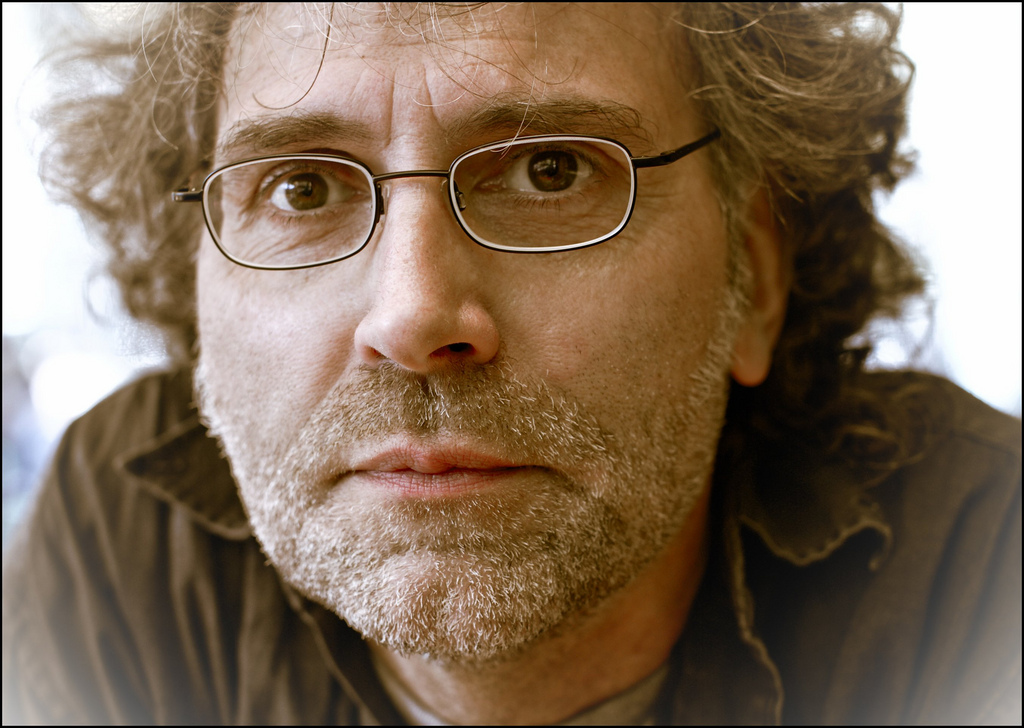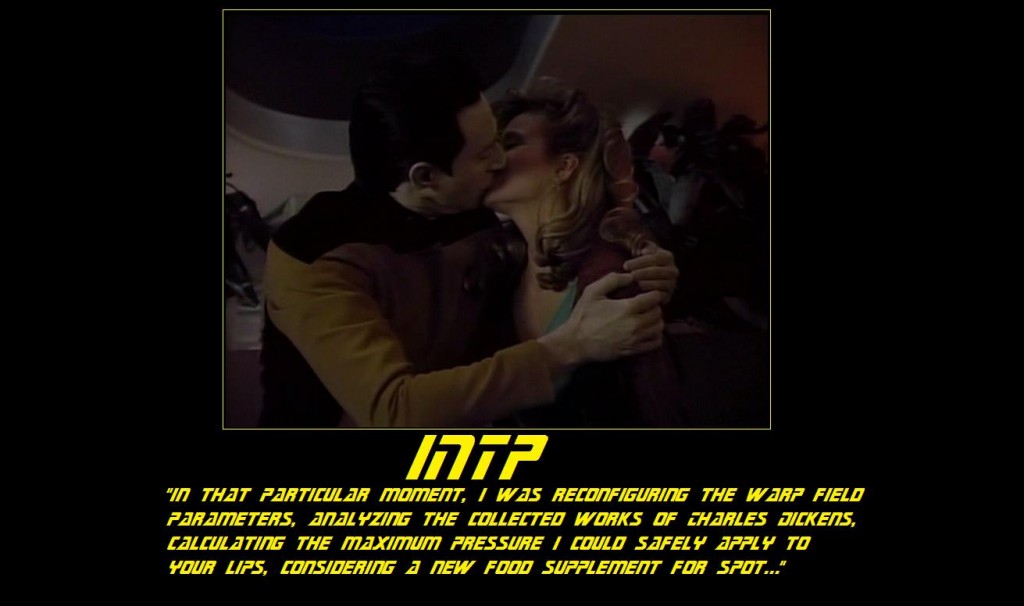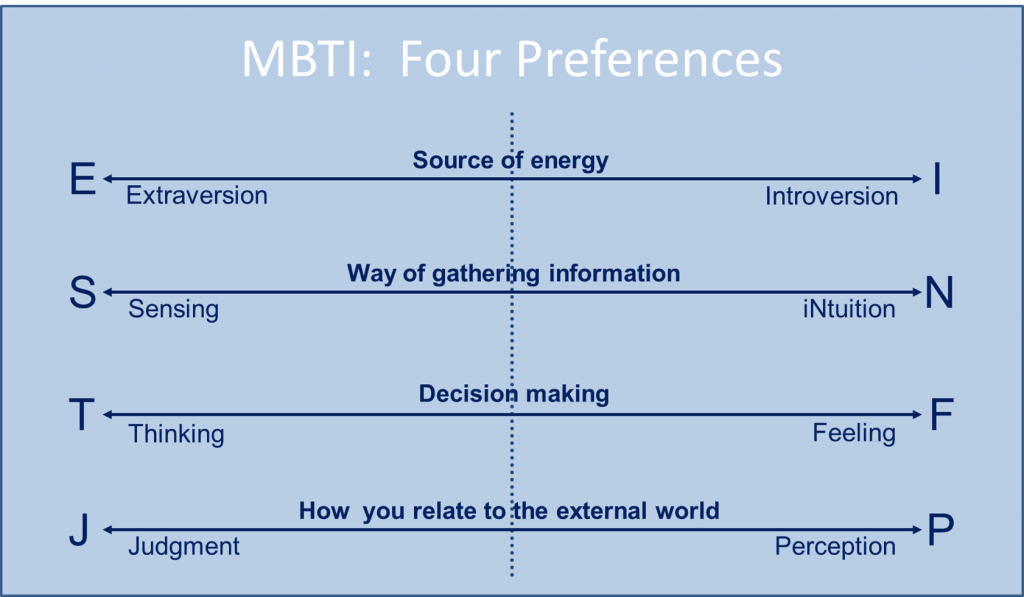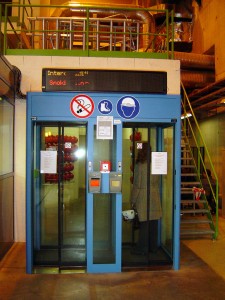The day I lost my mind
Saturday
On Saturday I lost my mind.
While alone in my Vermont home I suffered a spell of transient global amnesia (TGA), a rare mental condition.
“A person having an attack of TGA has almost no capacity to establish new memories, but generally appears otherwise mentally alert and lucid, possessing full knowledge of self-identity and identity of close family, and maintaining intact perceptual skills and a wide repertoire of complex learned behavior. The individual simply cannot recall anything that happened outside the last few minutes, while memory for more temporally distant events may or may not be largely intact.”
—Wikipedia
I have no clear memory from around noon through 6 p.m. when I found myself in an emergency room hospital bed.
Here’s what I’ve reconstructed from others’ accounts:
I’ll never know what happened the first few hours, as there was no one with me. Around 3 pm my son called about his taxes and I spoke to him for a few minutes before he had to interrupt the call. When he called back five minutes later I had no memory of him calling. “Dad,” he said, “you sound strange. Are you stoned?” I indignantly told him I wasn’t. “Perhaps you should call Mom,” he suggested.
I didn’t remember where my wife was, which did not seem especially strange to me. Checking my computer calendar, I clicked on Today and saw Celia was in Boston. I couldn’t remember why she was there or what day it was. I kept looking at the calendar to remind myself and promptly forgot. Somehow I called Celia and said, “My brain isn’t working properly.” She phoned our neighbors and, luckily, Jim was in and came to our house. Celia, trained as an occupational therapist and very worried that I had had a stroke, asked Jim to have me raise both hands and smile. I obeyed his request and had no problem. She called the local hospital and they decided to have Jim bring me there while she drove home for two hours at high speed.
I have no memory of driving with Jim to the hospital or of being admitted.
My TGA experience
It felt like I was dreaming. In the middle of a dream, one’s experience of the moment seems normal, but memories of prior moments vanish almost immediately.
But this was a waking dream.
Unlike some TGA victims, I was not agitated or angry. Instead, I was curious about what was going on and continually attempted to use available higher-functioning memory aids—my computer calendar, phone, and the people around me—to regain an understanding of what was happening. I had limited success and repeated my questions and observations over and over again.
“It’s like being in a dream.”
“When did you get here?”
“I wouldn’t recommend this.”
“This is really bizarre.”
I had no idea I was repeating these phrases every five to ten minutes.
I remember Jim being with me shortly before he left, and Celia arriving. During Celia’s frantic drive home, Jim’s wife told her that her brother-in-law had experienced what I was going through, that it might be something called transient global amnesia, and I would probably be fine. By the time Celia arrived at my hospital bed, the ER head doctor had ruled out a stroke and diagnosed me with TGA.
We stayed in the ER while my short-term memory continued to improve. Time seemed to pass oddly; I’d look at my watch and discover an hour had gone by in a flash. I became aware that I was repeating myself. Finally, it was clear that I was improving. Discharged at midnight, Celia drove me home where, exhausted, we both went to sleep.
After I lost my mind
On Sunday my short-term memory was pretty much back. There was a weird hole in my memory of the previous day, a disquieting haze. I tried to fill it in with the recollections of others, but it remained a caricature of memory, one not experienced directly by me but constructed from external reports.
I am thankful that I am back to normal, whatever “normal” means. My experience has given me a glimpse of the amazing operation of our brains, by showing for a moment what can happen when something goes haywire. Celia suffered more than me, shouldering the terrible worry that I would be impaired permanently. By the time I was aware that something abnormal had happened, I was on the mend.
As the days pass, my TGA grows distant, shading into my normal imperfect memory of the past. It is increasingly hard to conjure up the sheer strangeness of the experience.
Perhaps that’s just as well.
Note: Transient global amnesia is rare (2-5 people per 100,000), is unlikely to reoccur, and, though there are various theories, has no clear cause.
Photo attribution: Flickr user thegeekshallinherittheearth







